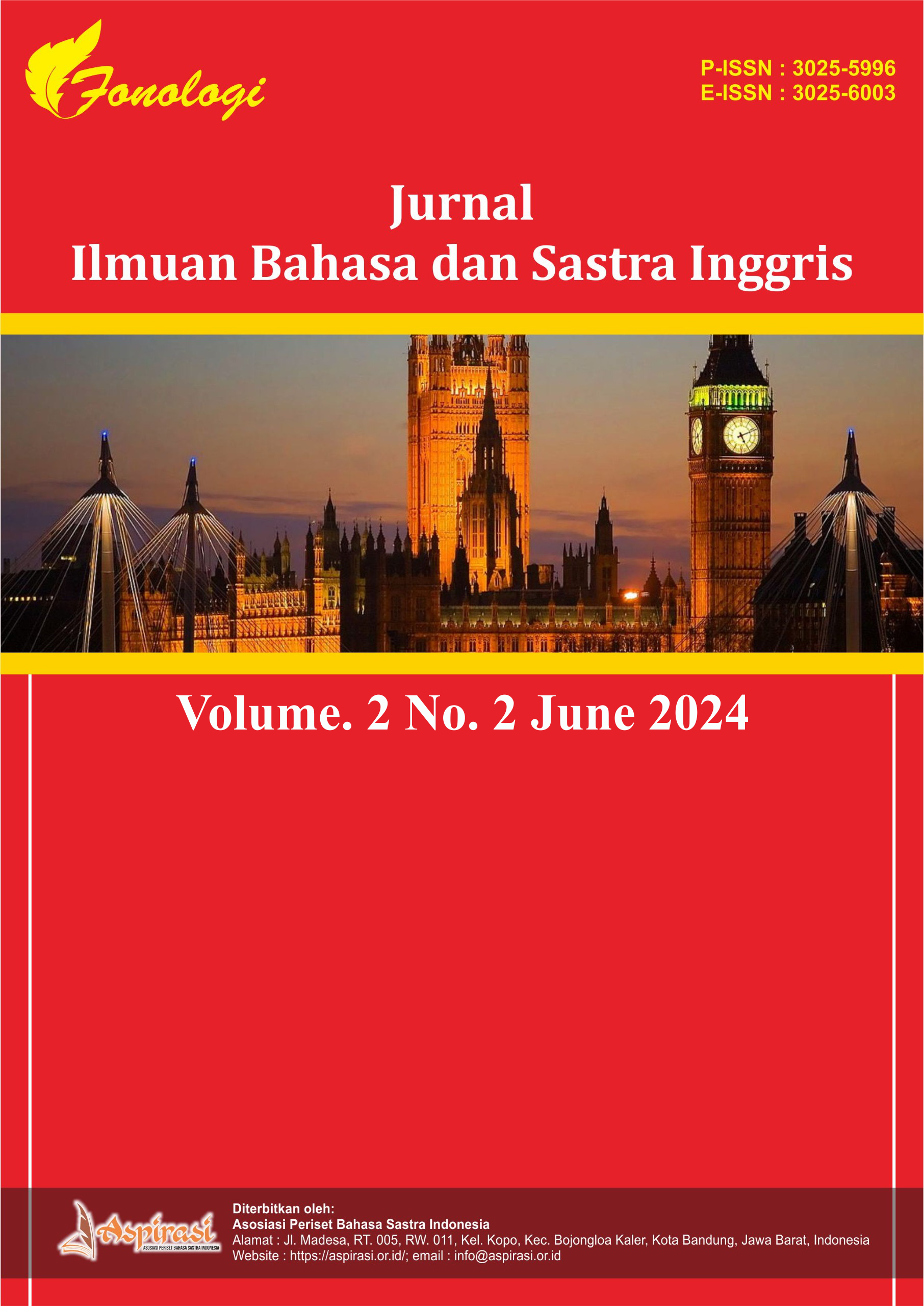An Analysis Of Cross-Cultural Communication Through Asian Player In Genshin Impact
DOI:
https://doi.org/10.61132/fonologi.v2i2.700Keywords:
Cross-Cultural Communication, Genshin Impact, Language Differences.Abstract
This study aimed to analyze the assumption of similarities in English language through some Asian player of the game and language differences from the game chat. In order to analyze both the assumption of similarities in English language and language differences, this study used a descriptive qualitative method, taking multiple steps of playing and communicating together with some Asian player, taking several screenshots of the game chat. According to Genshin Impact’s producer interview video, Asian Genshin Impact player had different expressions in the conversation such as vocabulary, utterance and even had different cultural background from where they live. Finally, because this is related to the world of fantasy games, the researcher invites readers to include participation to increase the effectiveness of communication between fellow players to support the development of English in the world and in anticipation of persuade young generations and general people to learn more their background culture.
Downloads
References
Andrighetto, G., & Vriens, E. (2022). A research agenda for the study of social norm change. Philosophical Transactions of the Royal Society A: Mathematical, Physical and Engineering Sciences, 380(2227), 1–11. https://doi.org/10.1098/rsta.2020.0411
Chang, X., Zhen, T., & Wang, Y. (2023). Exploring the innovative pathways of Chinese traditional culture's foreign communication through "Domestic Games Going Abroad": A case study of Genshin Impact. International Journal of Education and Humanities, 8(1), 147–150. https://doi.org/10.54097/ijeh.v8i1.7253
Cheng, L. (2010). International Association for Intercultural Communication Studies: Culture, communication, and adaptation in global context. Asian Englishes, 13(1), 88–93. https://doi.org/10.1080/13488678.2010.10801276
Creswell, J. W. (2014). Research design: Qualitative, quantitative, and mixed methods approaches. Sage Publications.
Fan, Y. (2024). The international communication of Chinese culture in the context of games - A case study of Genshin Impact. SHS Web of Conferences, 187, 04031. https://doi.org/10.1051/shsconf/202418704031
Literat, I., & Kligler-Vilenchik, N. (2021). How popular culture prompts youth collective political expression and cross-cutting political talk on social media: A cross-platform analysis. Social Media + Society, 7(2), 20563051211008821. https://doi.org/10.1177/20563051211008821
Moriuchi, E. (2021). Social media as communication channels. In Cross-Cultural Social Media Marketing: Bridging Across Cultural Differences (pp. 9–15). https://doi.org/10.1108/978-1-83867-175-420211002
Sakuragi, T. (2008). Attitudes toward language study and cross-cultural attitudes in Japan. International Journal of Intercultural Relations, 32(1), 81–90. https://doi.org/10.1016/j.ijintrel.2007.10.005
Seelye, N. H. (1997). Teaching culture: Strategies for intercultural communication. Lincolnwood, IL: National Textbook Company.
Yunita Reny Bili Bani Bili. (2020). To what extent does language encourage cross-cultural problems in intercultural communication? English Studies Program, Universitas Nusa Cendana.
Downloads
Published
How to Cite
Issue
Section
License
Copyright (c) 2024 Fonologi : Jurnal Ilmuan Bahasa dan Sastra Inggris

This work is licensed under a Creative Commons Attribution-ShareAlike 4.0 International License.





